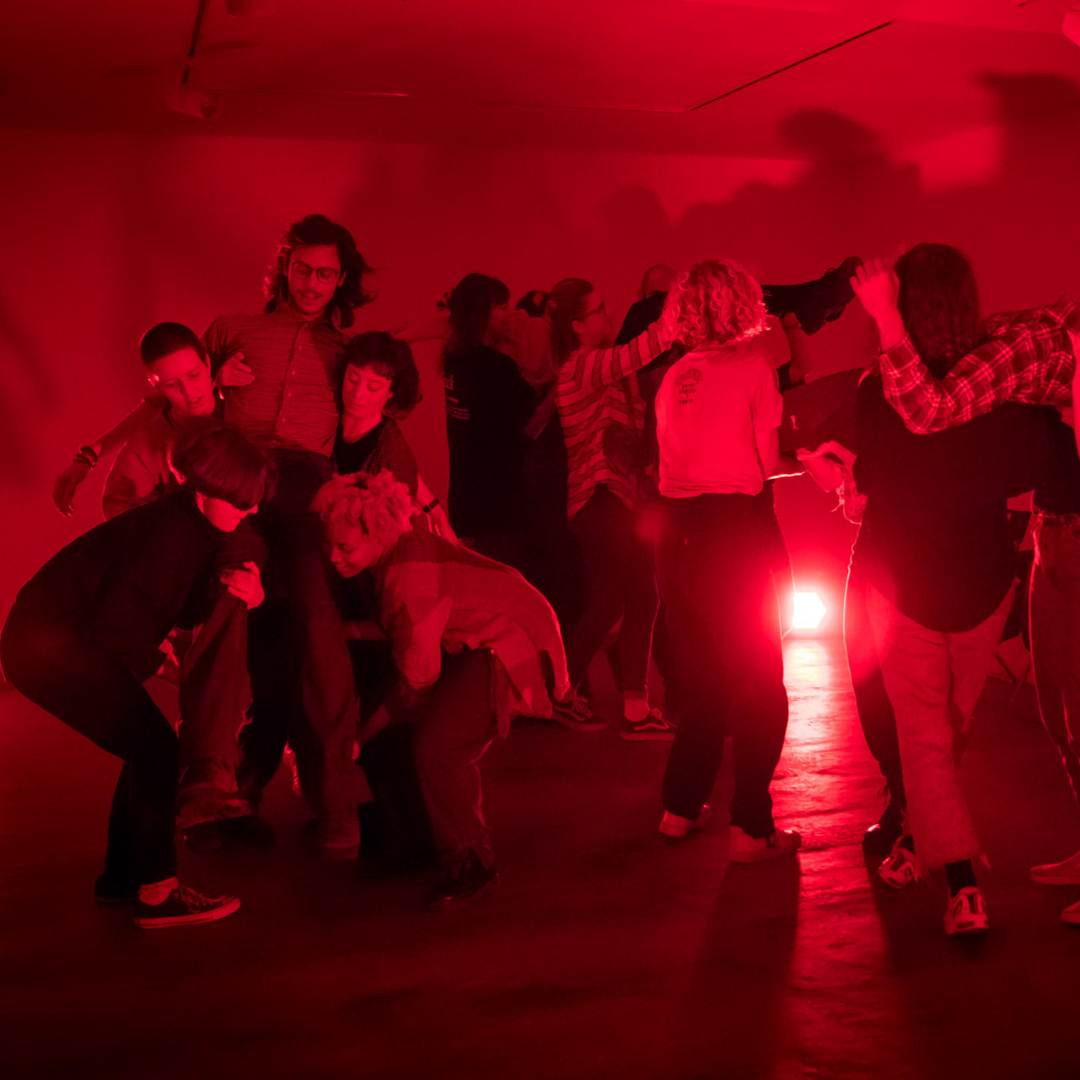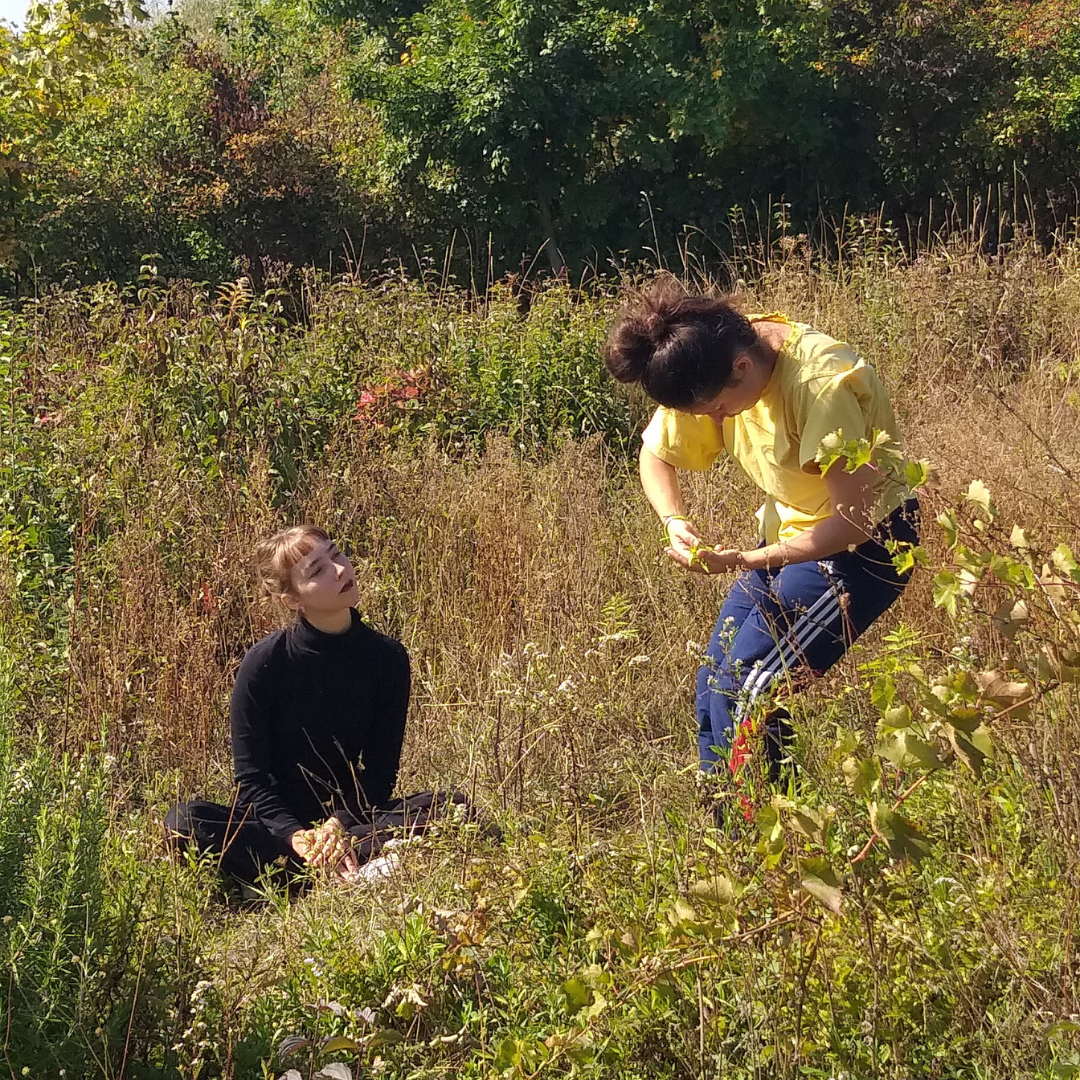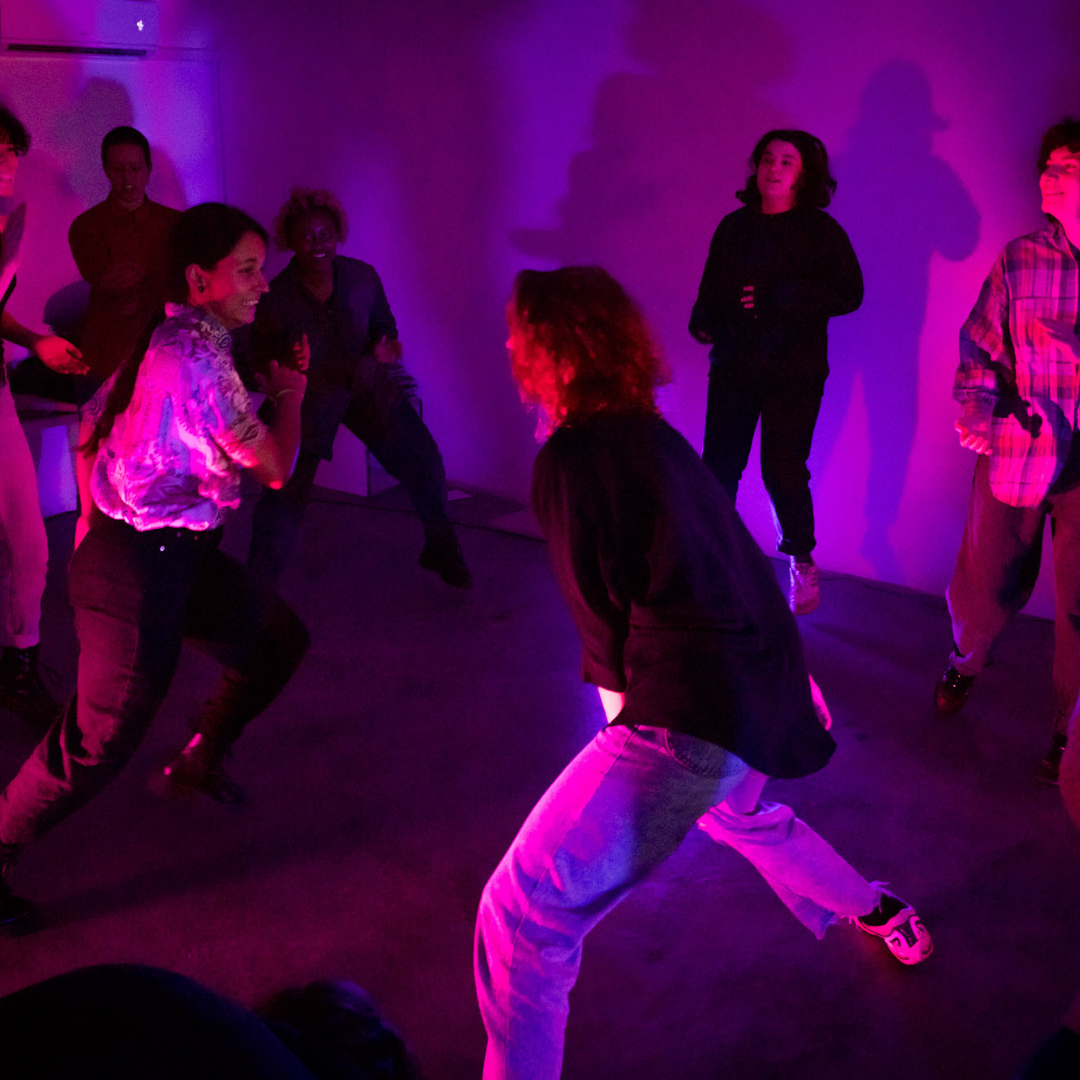|
What is a teacher? Here at the School of Disobedience, we call teachers "Unlearning Facilitators." They are not your friends or parents, and you don't have to like them either. "Unlearning Facilitators" are not here to please you; they are here to facilitate the process of growth and transformation. This process can take many forms—a tool, a method, or an experience—that helps you progress in your artistic or personal journey.
The key question is not only what an "Unlearning Facilitator" teaches, but also how they teach. Their role goes beyond imparting knowledge and experiences; they are tasked with creating a climate of trust that encourages both learning and unlearning. They raise questions and challenge what seems obvious, fostering an environment where true growth can occur.
0 Comments
A jövő iskolája egy olyan iskola, ahova elsősorban jó betérni. Ahol az ember jól érzi magát, mert saját maga lehet: az, aki. Ebben az iskolában nincs nyomás, nincs megfelelési kényszer, nincsenek lehetetlen elvárások. Nincs versengés, nincs lenézés, nincs ítélkezés és nincs kirekesztés, mert kíváncsiak vagyunk egymásra. Érdeklődőek, elfogadóak, nyitottak.
A jövő iskolájában anyáskodás, bugyuta kényszeres mosoly és hamis tapsikolás helyett a tanárok kihívások elé állítják a diákokat, feldobják a labdát, ugyanakkor jelen vannak, ott vannak, támogatnak, egyszóval lehet rájuk számítani. Ebben az iskolában a diákok nincsenek dobozokba zárva és elkönyvelve ennek vagy annak: mindenki nyíltan és egyszerűen kifejezheti magát. Nem kötelező okosakat mondani, nem kell mindenáron eredetinek lenni. A bizonytalanság oké, a kétely oké. És nem megszólalni is oké, hallgatni is oké... Ez az iskola nem arról szól, hogy mit nem tudsz, hanem hogy mi érdekel. Itt az elméleti tudáson kívül más tudásformák is értékesnek számítanak: érzelmek, intuíciók, érzések, érzetek. Személyes történetek, élettapasztalatok... Van tér a "nem"-re, a "nem tudom"-ra, sőt, a "nem érdekel"-re is. A jövő iskolájában a tanárok nem mondják meg a diákoknak, hogy mit gondoljanak, miben higgyenek, mit tartsanak érdekesnek, relevánsnak, jónak. Nincs se ízlés-, se véleményformálás. A tanárok ajtókat nyitnak ki, ennyi a feladatuk. Kiváncsivá tesznek, támogatnak, bíznak benned, de nem "terelnek", nem "formálnak". A Te utad számít, nem az övék! Ebben az iskolában fontos vagy. És elég vagy. Ennek az iskolának az a célja, hogy olyan diákokat neveljen, akik megtanulnak bízni magukban és hinni álmaikban. Akik hitelesek, önazonosak és bátrak. És így néznek szembe a világgal. Az "Engedetlenség Leányiskolája" egy experimentális művészeti iskola, ami a szabad és kritikus gondolkodás képességének elsajátításáról szól, hogy a végén meg tudd fogalmazni miért akarsz művész lenni, milyen művész akarsz lenni, kinek akarsz művészetet csinálni, mit akarsz a művészeteddel mondani, elérni... Bár logikus kérdések, mégsem egyszerűek, főleg ha épp most vágnál bele, és emellett még ezer más kérdésre sem tudod a választ.
Az “Engedetlenség Leányiskolájában” nem választasz médiumot, kipróbálsz ezt is-azt is, itt az órákat közös élmények és tapasztalatok váltják fel, nem csak ülünk egy teremben, hanem kirándulunk is, felfedezünk, megfigyelünk, megismerünk, átélünk, megbeszélünk, megnézünk, letesztelünk, kipróbálunk... Több reflexió, hosszabb kutatófolyamat, átgondoltabb és tudatosabb alkotás, felelősségteljesebb, etikusabb és szolidárisabb módszertan, empátia és kritika, elfogadás és támogatás, egy újragondolt, befogadható és mindenki számára elérhető, fenntartható, független és bátor kortárs művészetért. For the art school of tomorrow, our aim is to cultivate an environment that is fundamentally joyful and positive. Here, students are embraced, respected, and challenged—not confined to boxes or judged. They receive constructive criticism alongside encouragement. We foster a place where students can openly and simply express themselves.
In the art school of tomorrow autonomy and independence are taught without abandonment; students are accompanied and supported in their projects and dreams. They have the freedom to defy norms, traditions, and conventions, actively encouraged to do so. The art school of tomorrow values alternative forms of knowledge alongside theoretical learning: perception, empathy, emotions, and intuition; personal stories and life experiences. In the art school of tomorrow teachers do not dictate what students should think or believe; instead, they open doors to a multitude of possibilities, knowledge, tools, and perspectives. They nurture critical thinking, doubt, and skepticism, fostering open-mindedness, curiosity, and empathy The art school of tomorrow will be human, warm, and generous. This art school will raise students, teaching them to trust in themselves, believe in themselves, be themselves. This art school will make students authentic, sincere, and courageous. That’s how they will face the world. |
Author"Born in Budapest (Hungary) in 1983, I graduated from the ENSAPC Art School (France) in 2016. As an artist, researcher, and community activist, I harness the power of art for connection, education, and activism. My practice spans various mediums, including image, object, and performance. I create full-length visual and dance performances, short-format pieces, and immersive experiences, while also creating spaces for non-formal education outside of traditional academic heritage. Over the past two decades, I've founded the School of Disobedience, established my own performance art company (Gray Box), and launched the annual Wildflowers Festival. I embrace everything unusual, unexpected, and nonconformist. I am not kind with assholes and have learned to forge my own path. I am here to guide you in thinking outside the box and achieving independence. To me, the real party is outside the confines of the established canon." Archives
July 2024
Categories
All
|




 RSS Feed
RSS Feed